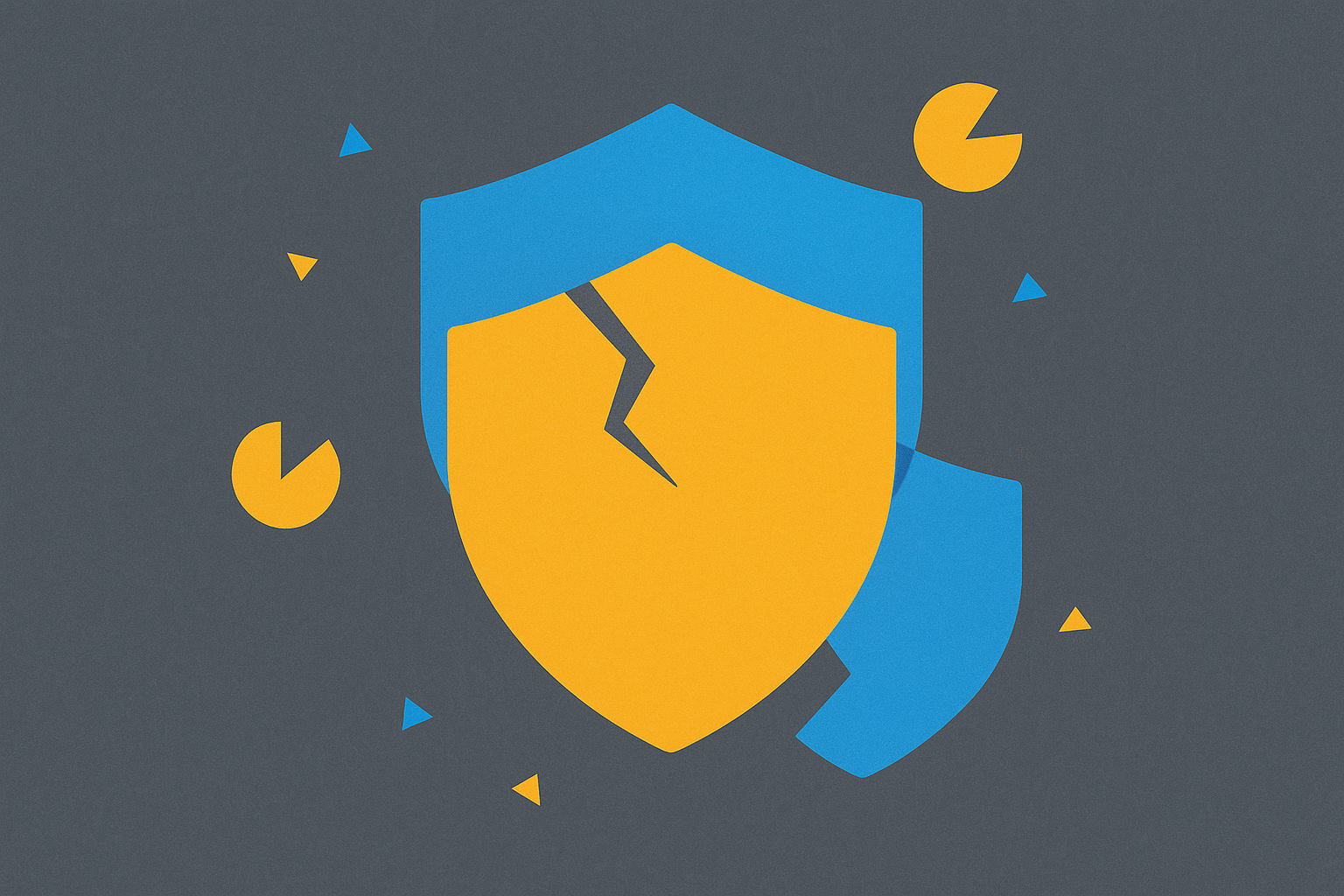Principales proyectos de Capa 2 que vale la pena seguir en 2025: Desde Arbitrum hasta zkSync
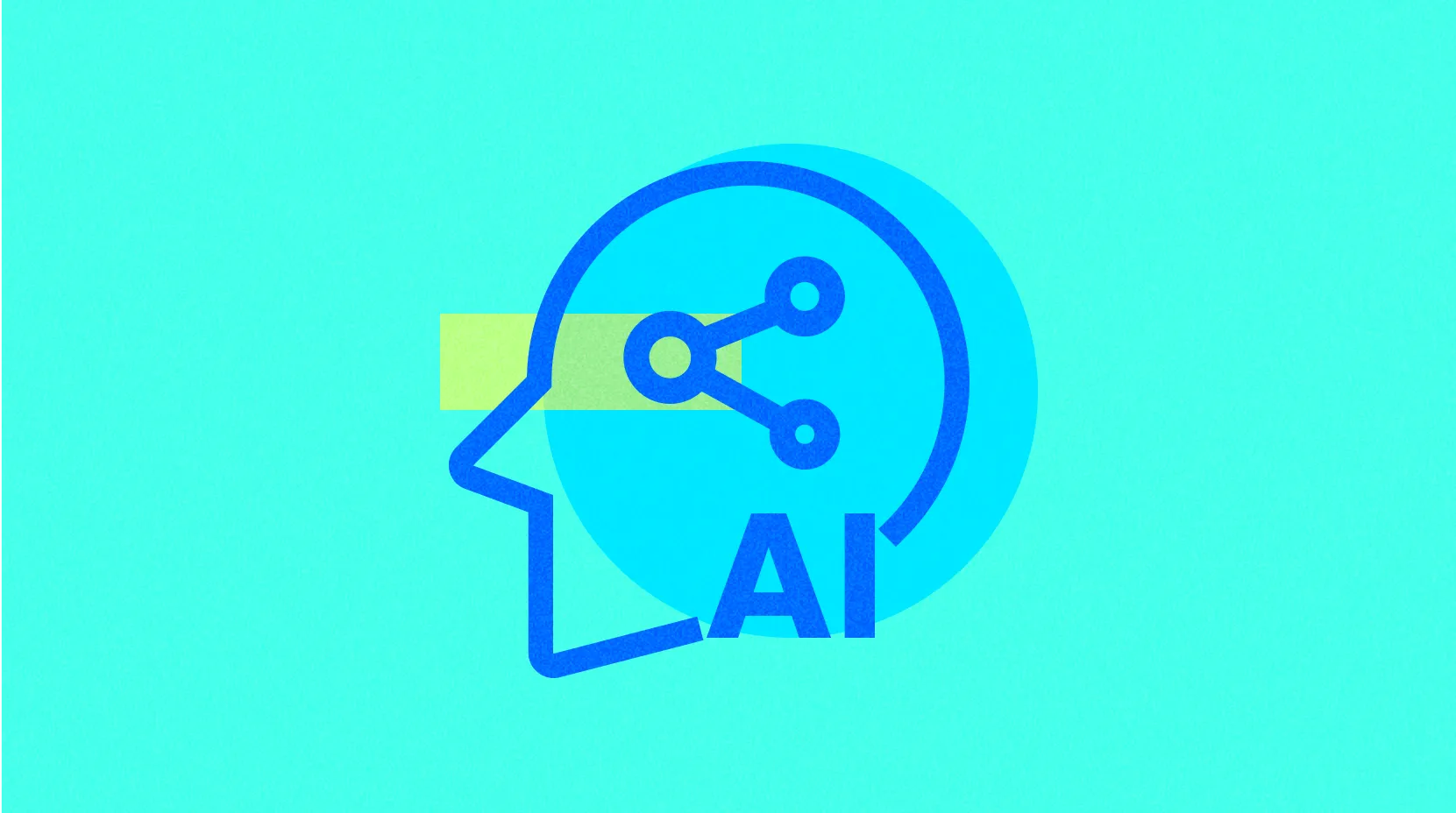
¿Cuál es la solución Capa 2?
Las soluciones de Capa 2 procesan transacciones fuera de la cadena principal (Capa 1) para reducir la congestión y las tarifas de gas mientras se mantiene la seguridad. Los métodos comunes de L2 incluyen Rollups (optimistas y de conocimiento cero) y canales de estado. Para 2025, se espera que L2 maneje más del 60% del volumen de transacciones de Ethereum, con un valor total bloqueado (TVL) que supera los $400 mil millones. Estos proyectos son cruciales para escalar Web3 a miles de millones de usuarios.
Los proyectos principales de Capa 2 que vale la pena seguir en 2025
Arbitrum
Visión general: Arbitrum, desarrollado por Offchain Labs, es la principal solución de rollup optimista para Ethereum, con un TVL de $18 mil millones en 2025. Ofrece transacciones compatibles con EVM de bajo costo.
Características clave:
escalabilidad: El proceso puede alcanzar hasta 40,000 TPS como máximo.
Ecosistema: Alojando importantes dApps como Uniswap, Aave y GMX.
token ARB: Utilizado para gobernanza y participación.
Arbitrum OrbitActivar cadena L3 personalizada para aplicación personalizada.
¿Por qué mirar: La actualización Stylus de Arbitrum, que admite Rust y C++, ampliando la accesibilidad para los desarrolladores, promoviendo la adopción empresarial.
Optimismo
Visión general: Optimism, otro Rollup optimista, impulsando las dApps de Ethereum con un TVL de $9 mil millones. Hace hincapié en el desarrollo de código abierto y la gobernanza comunitaria.
Características principales:
Equivalencia EVM: Integración perfecta con herramientas de Ethereum.
Pila OP: Marco para construir cadenas personalizadas L2 y L3.
Token OPPromover la gobernanza descentralizada.
Ecosistema: Soporta las cadenas base de Synthetix, Velodrome y Coinbase.
¿Por qué mirar: La actualización Bedrock de Optimism y las iniciativas de interoperabilidad entre Capa 2 lo posicionan para el crecimiento en DeFi y juegos.
zkSync
Visión general: zkSync, desarrollado por Matter Labs, utiliza Rollups de conocimiento cero (zk-Rollups) para lograr transacciones escalables y de bajo costo en Ethereum. El TVL de su mainnet zkSync Era es de $5 mil millones.
Características clave:
Alto rendimiento: Hasta 20,000 TPS, con tarifas tan bajas como una fracción de centavo.
Privacidad: Compatible con zk-SNARKs para transacciones privadas.
Ecosistema: Incluyendo más de 200 dApps como Chainlink y Curve.
Abstracción de cuenta local: Simplificar la incorporación de usuarios.
¿Por qué ver: El rumoreado lanzamiento aéreo del token ZKS y las herramientas de desarrollo mejoradas impulsan a zkSync a la vanguardia para 2025.
StarkNet
Visión general: StarkNet, construido por StarkWare, utiliza zk-STARKs para transacciones escalables y transparentes de Ethereum. Su TVL supera los $3 mil millones, impulsado por plataformas DeFi y NFT.
Características Clave:
EscalabilidadPuede procesar millones de TPS sin la necesidad de configuración de confianza.
idioma Cairo: Optimizar la computación basada en ZKP.
Aplicación: Potencias dYdX y Immutable X.
Token STRK: Para gobernanza y tarifas.
¿Por qué seguir: Shardings and recursive proof of StarkNet will unlock enterprise use cases in 2025.
Polygon zkEVM
Visión general:Polygon zkEVM, como parte del conjunto de escalabilidad de Polygon, combina la compatibilidad con Ethereum con la eficiencia de zk-Rollup. Con un TVL de $2 mil millones, ha obtenido el apoyo del ecosistema DeFi de Polygon.
Características principales:
Equivalencia EVM: Soporte para dApps Ethereum existentes.
Costo bajo: Los costos de negociación son solo unos centésimos de centavo.
Ecosistema: Integrándose con el mercado de NFT y juegos de $1 mil millones de Polygon.
token MATIC: Gobernanza y participación en la cadena.
¿Por qué ver: La colaboración de Polygon zkEVM con estudios de juegos y empresas de la cadena de suministro está impulsando una adopción generalizada.
Por qué son importantes los proyectos de Capa 2
La solución de Capa 2 aborda el cuello de botella de escalabilidad de Ethereum, donde las tarifas de transacción de la red principal alcanzaron en un momento hasta $100 por transacción. Al agrupar transacciones fuera de la cadena, la Capa 2 puede reducir los costos hasta en un 90% y aumentar el rendimiento, logrando:
Crecimiento DeFi: Préstamos asequibles, comercio y minería de liquidez.
Accesibilidad NFT: Mintaje y comercio a bajo costo para artistas y coleccionistas.
JuegoProporcionar transacciones rápidas y escalables para juegos de blockchain.
Casos de Aplicación Empresarial: Seguimiento de la cadena de suministro y soluciones financieras privadas.
Para 2025, L2 está construyendo un puente entre Web2 y Web3, atrayendo usuarios institucionales y minoristas.
Desafíos enfrentados por proyectos de Capa 2
A pesar de las promesas, las L2s enfrentan obstáculos:
Interoperabilidad: Se necesita una mejor estandarización para las transferencias de activos entre Capa 2.
Seguridad: El contrato de Rollup es un vector de ataque potencial; la auditoría es crucial.
Experiencia del usuarioConectar activos y gestionar monederos de Capa 2 puede ser complejo.
Riesgo de centralizaciónAlgunas Capa 2 depende de secuenciadores o validadores limitados.
El proyecto está abordando estos problemas a través de secuenciadores descentralizados (como AnyTrust de Arbitrum) e interfaces amigables para el usuario.
Oportunidades en el ecosistema de Capa 2
Inversión: Apueste tokens ARB, OP o MATIC para gobernanza y recompensas.
Airdrop: Interactuar con zkSync o StarkNet puede resultar en airdrops de tokens.
desarrollo: Construyendo dApps con Stylus de Arbitrum o Cairo de StarkNet para implementaciones de bajo costo.
Participación en DeFi: Proporcionar liquidez en Velodrom por Optimism o QuickSwap por Polygon para ganar recompensas.
Juegos y NFTs: Acuña o comercia activos en Immutable X (StarkNet) o Polygon zkEVM.
El futuro de Capa 2 en 2025
El proyecto de Capa 2 es crucial para la escalabilidad y adopción de Web3. Arbitrum y Optimism dominan con Optimistic Rollups, mientras que zkSync, StarkNet y Polygon zkEVM utilizan ZKPs para lograr privacidad y eficiencia. La claridad regulatoria, como el marco MiCA de la UE, apoya el crecimiento de L2, mientras que las asociaciones con gigantes de los juegos y las finanzas expanden su influencia.
Para acceder a la oportunidad de Capa 2 de Gate.com, utilice una billetera confiable como MetaMask, siga el proyecto en CoinGecko y participe temprano a través de testnets o dApps. A medida que Capa 2 procesa miles de millones de transacciones, están sentando las bases para un Web3 descentralizado y accesible en 2025 y más allá.
"
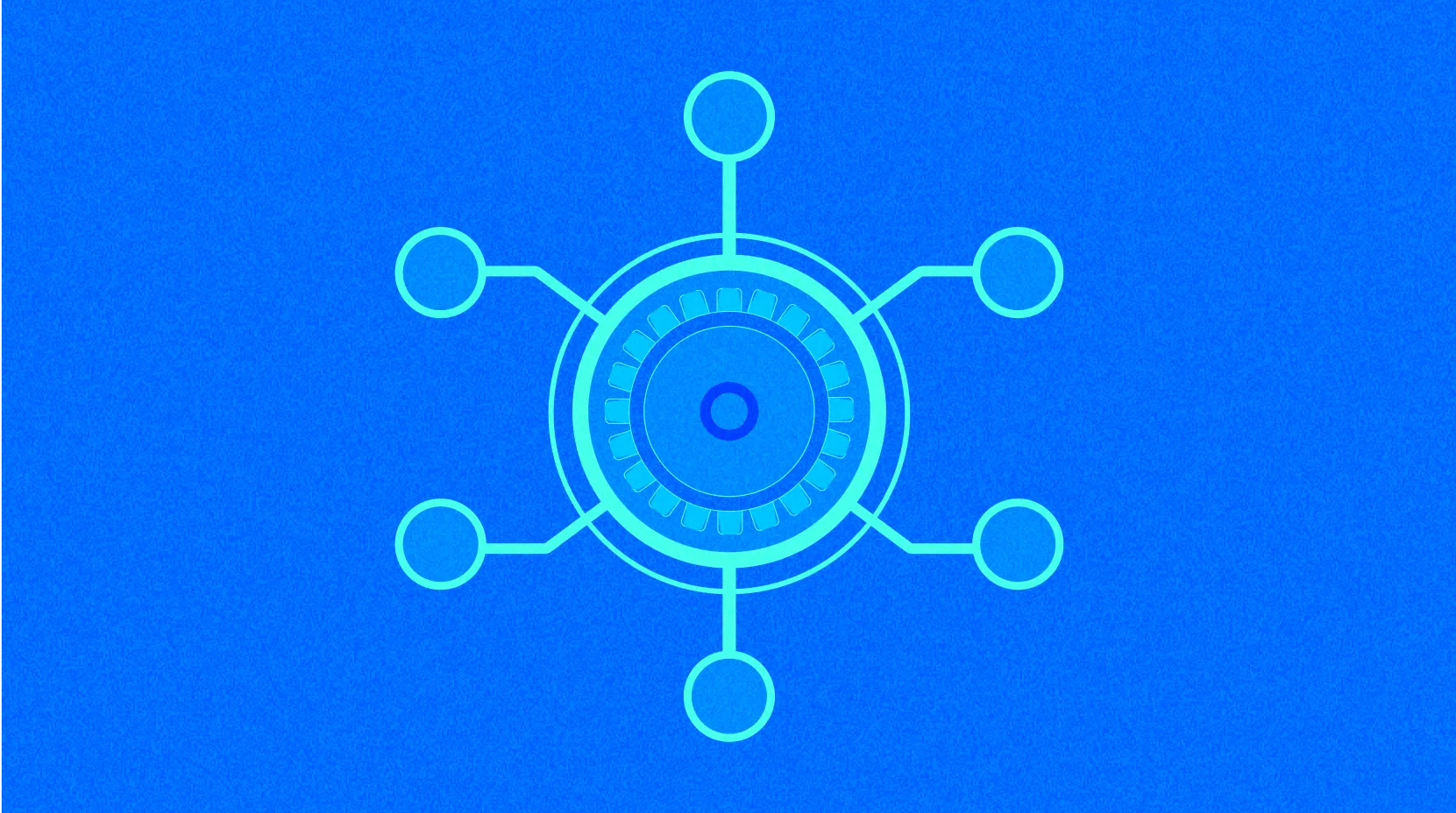
Pepe Unchained: Pepe Meme Coin evoluciona hacia un ecosistema de Capa-2

Guía de optimización de escalabilidad de Ethereum y rendimiento Web3 de la solución de capa 2 de 2025

Cómo la Capa 2 cambia la experiencia de los Activos Cripto: Velocidad, Costo y Adopción Masiva
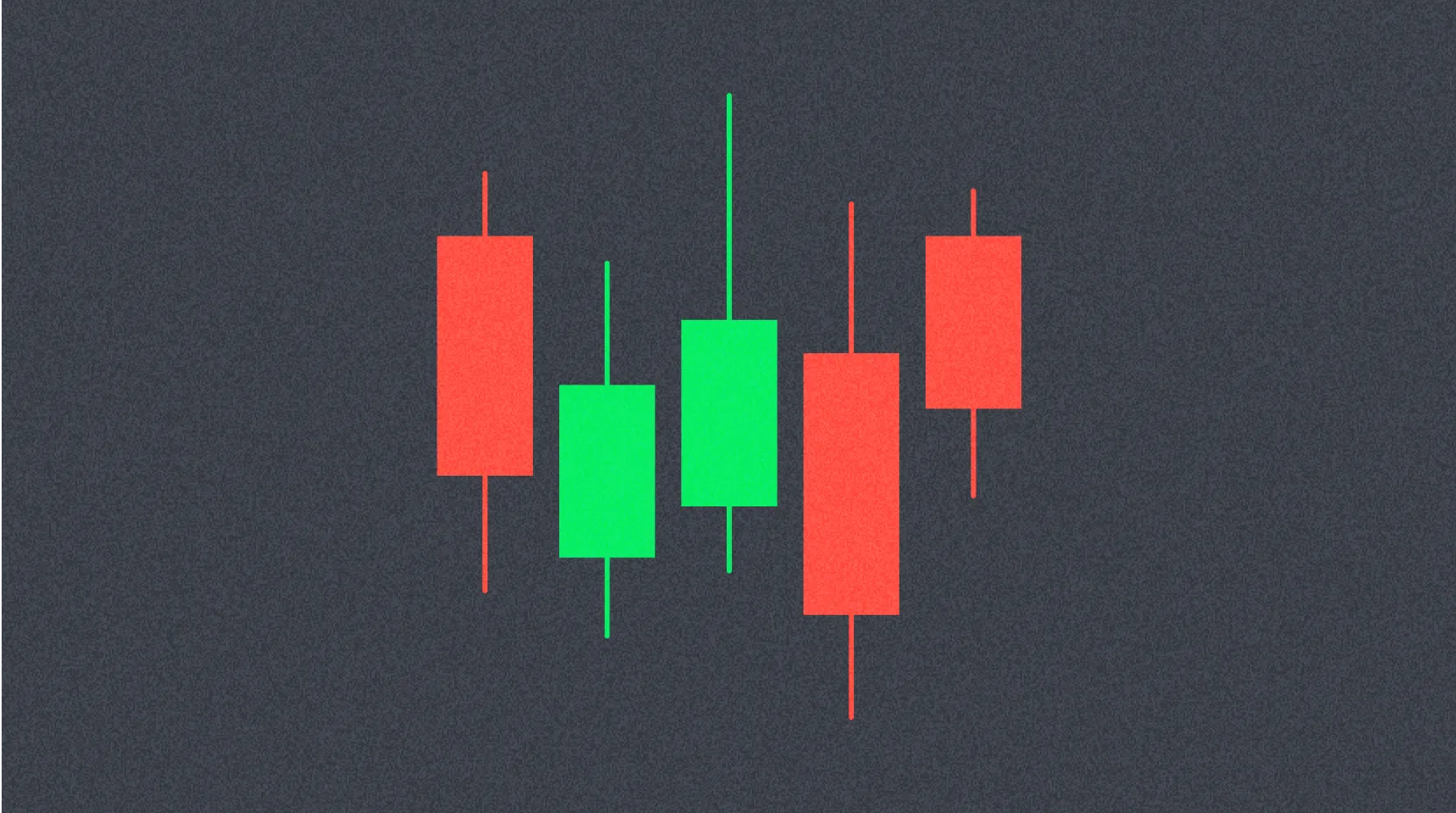
¿Qué es la Capa 2 en activos de cripto? Comprende la solución de escalado para Ethereum
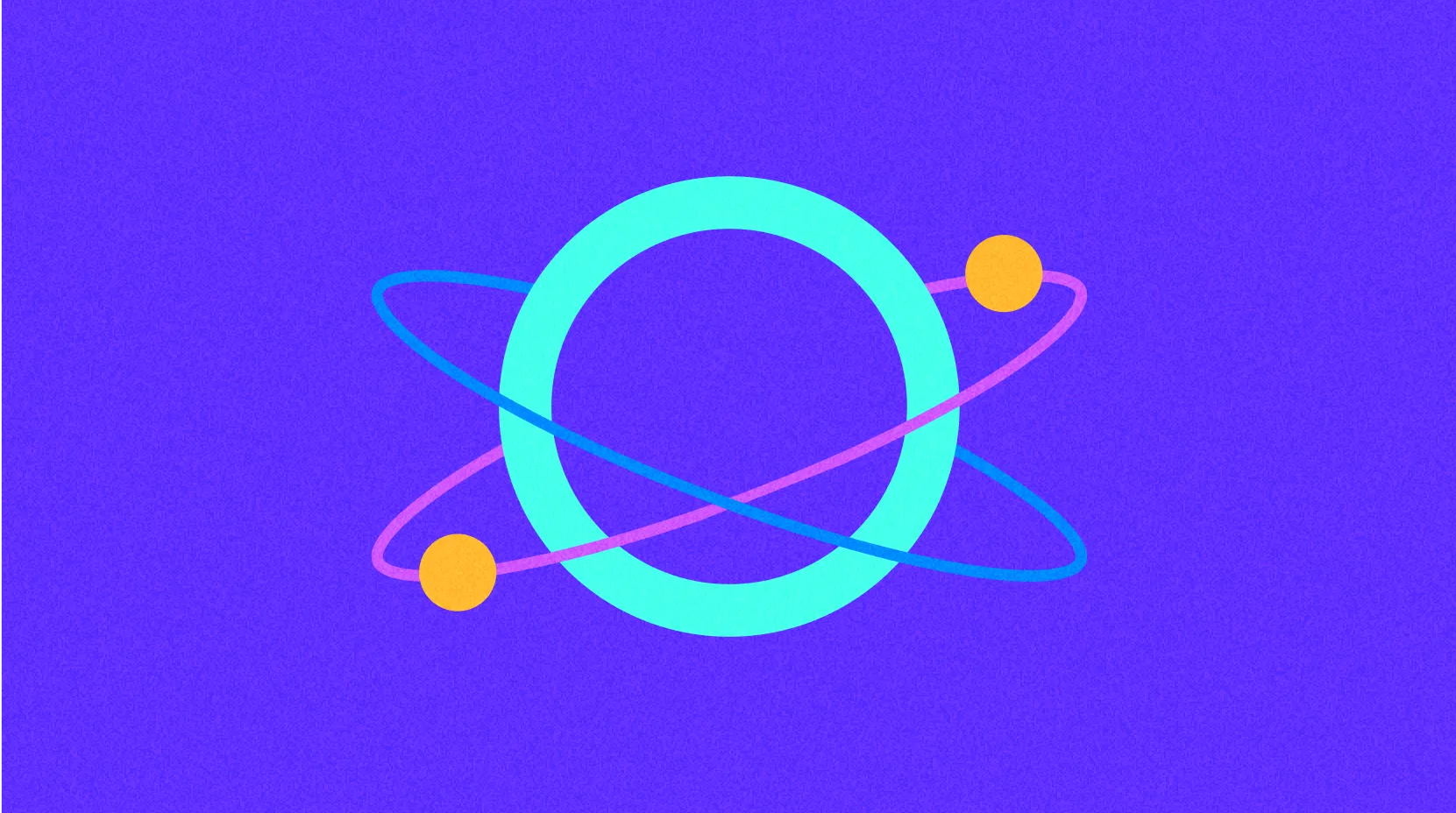
Cómo los nuevos activos de criptomonedas innovan en blockchain: innovación en velocidad, seguridad y escalabilidad

Pepe Unchained (PEPU): Construyendo la Nueva Era de las Monedas Meméticas en Capa 2
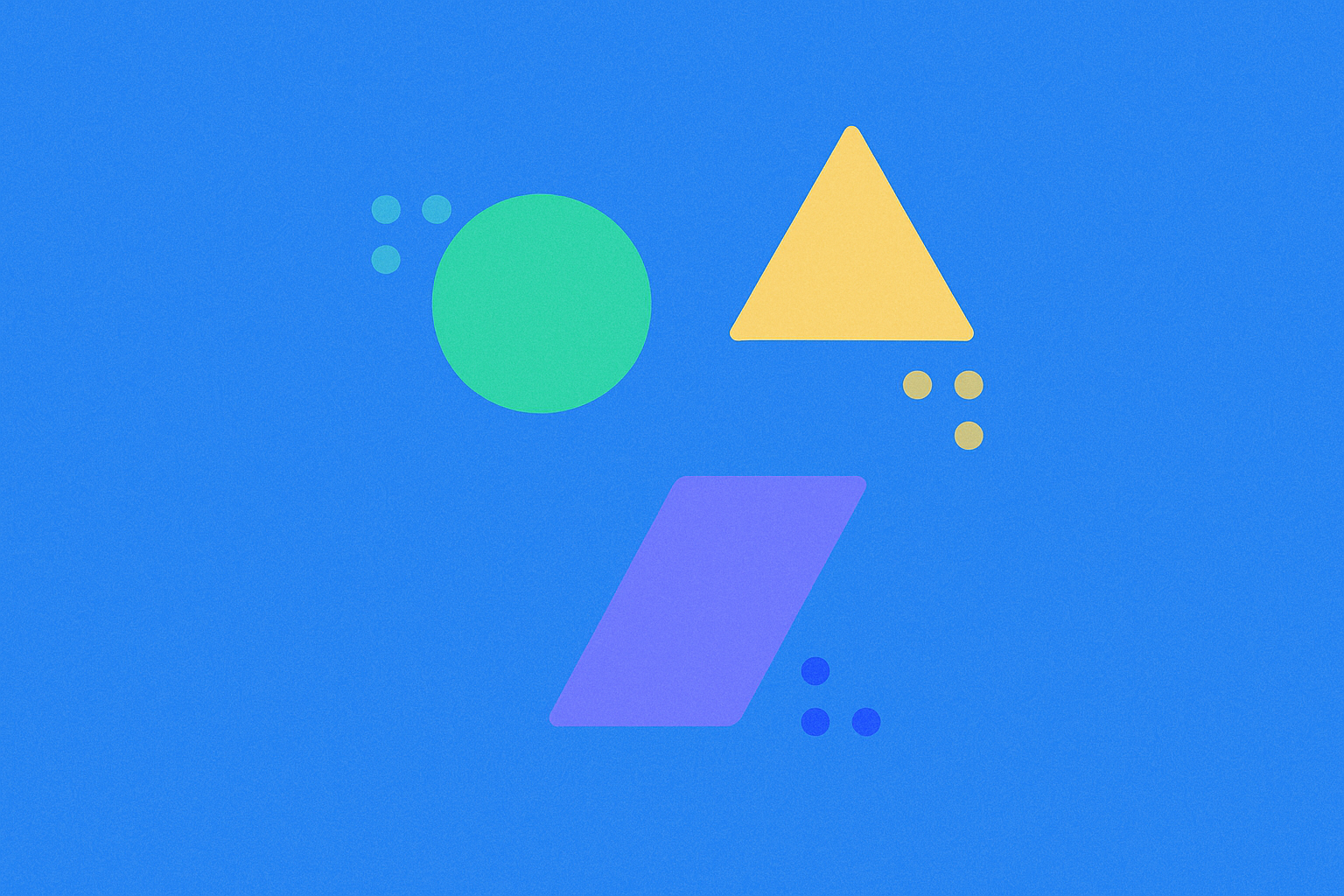
Cómo usar los indicadores técnicos MACD, RSI y KDJ para analizar los movimientos de precios en criptomonedas?
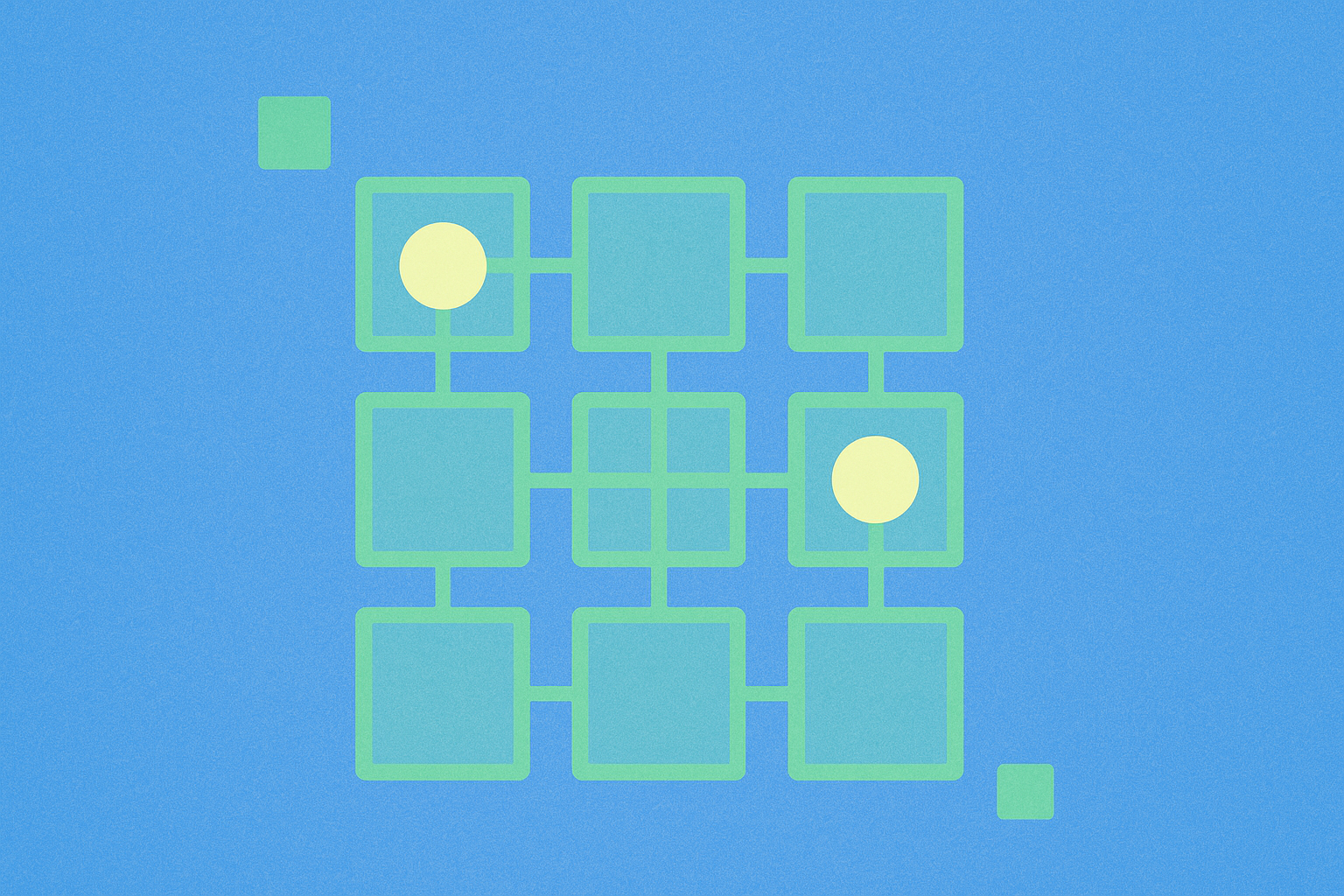
¿Qué es Aspecta (ASP) y cómo se compara con sus competidores en el mercado de valoración de activos blockchain?

¿Cómo influye la actividad de la comunidad cripto y del ecosistema en el precio del token ASP y en el éxito a largo plazo del proyecto?
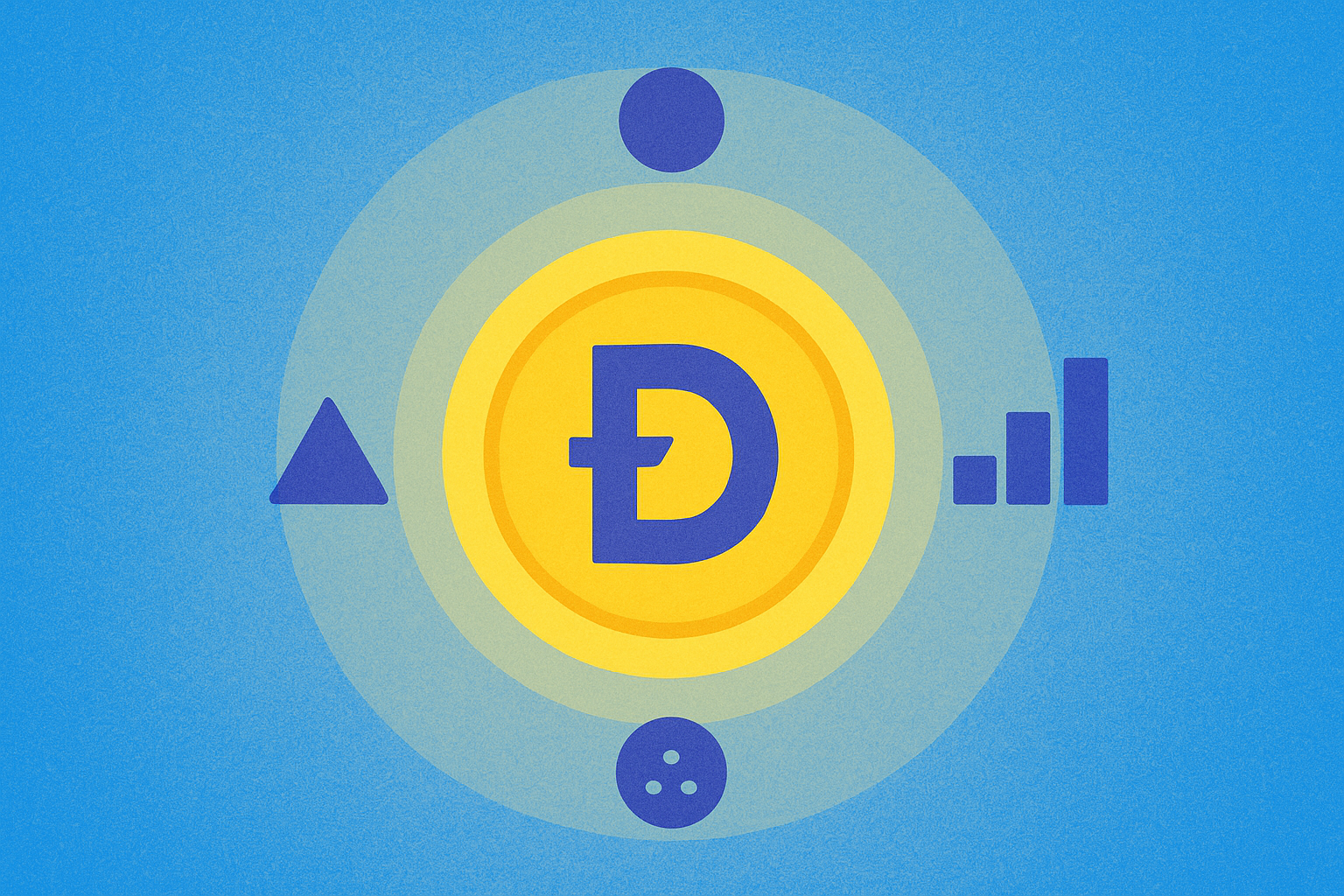
Cómo analizar los datos on-chain: direcciones activas de DOGE, volumen de transacciones, distribución de ballenas y comisiones explicadas

¿Cuál será el precio y la capitalización de mercado de Melania Meme (MELANIA) en 2025?
